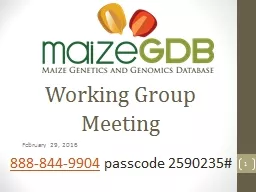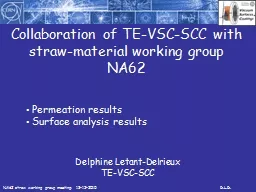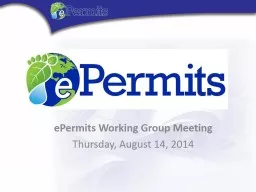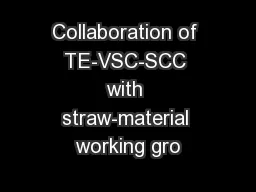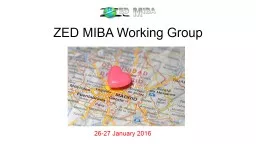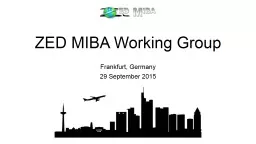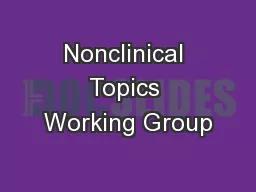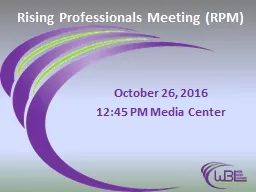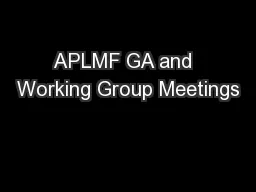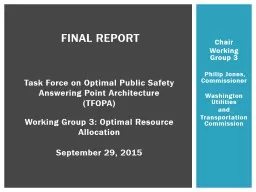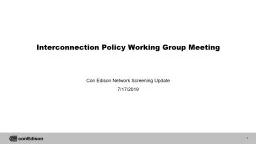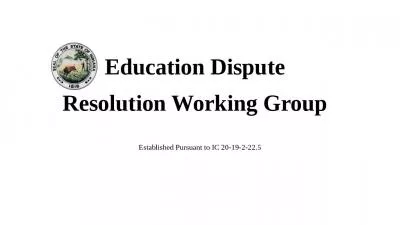PPT-Working Group Meeting
Author : tawny-fly | Published Date : 2017-03-26
February 29 2016 1 8888449904 passcode 2590235 Outline Introductions Recent accomplishment highlights 5Year Plan for USDAARS Charge Questions Executive Session
Presentation Embed Code
Download Presentation
Download Presentation The PPT/PDF document "Working Group Meeting" is the property of its rightful owner. Permission is granted to download and print the materials on this website for personal, non-commercial use only, and to display it on your personal computer provided you do not modify the materials and that you retain all copyright notices contained in the materials. By downloading content from our website, you accept the terms of this agreement.
Working Group Meeting: Transcript
Download Rules Of Document
"Working Group Meeting"The content belongs to its owner. You may download and print it for personal use, without modification, and keep all copyright notices. By downloading, you agree to these terms.
Related Documents

